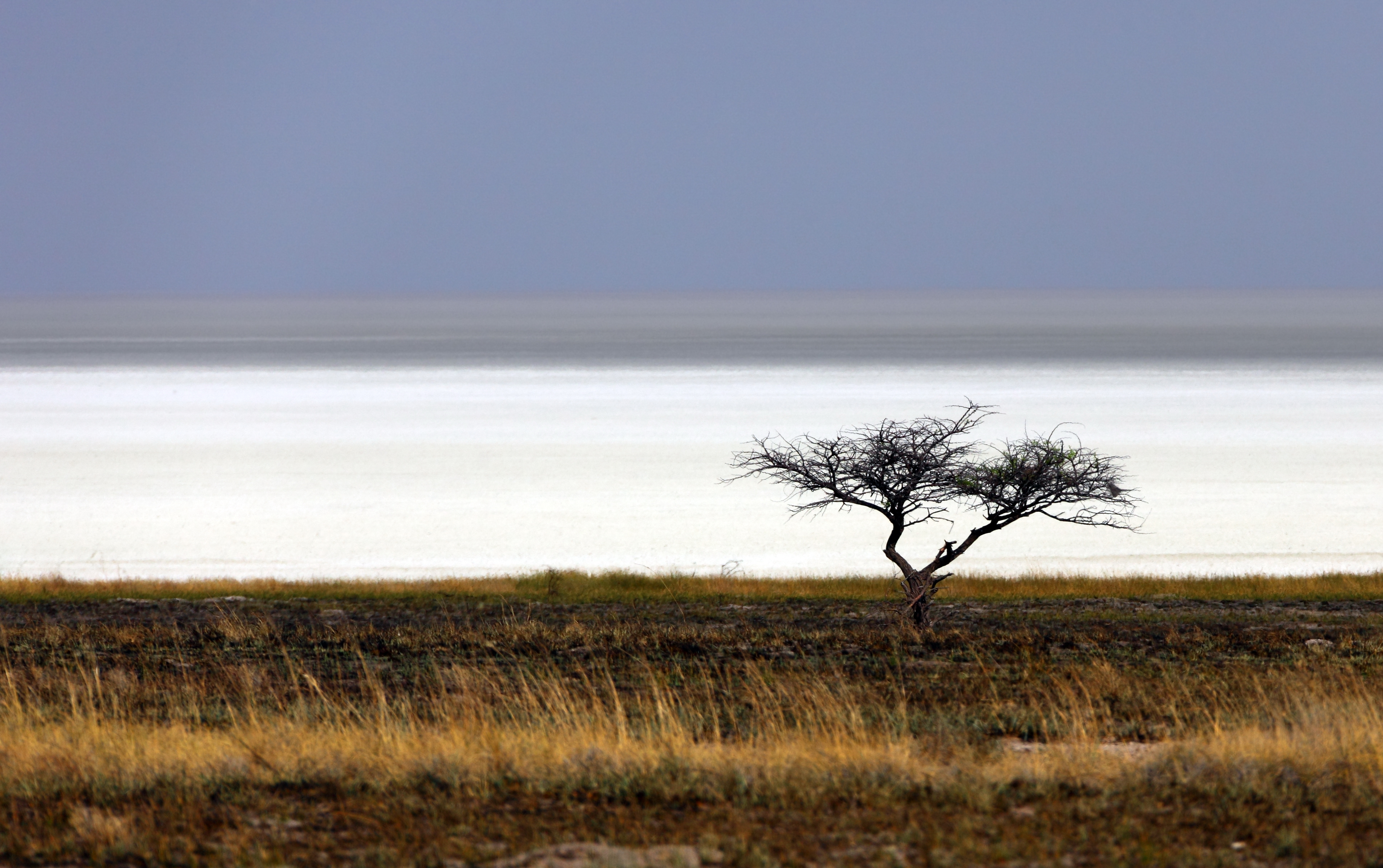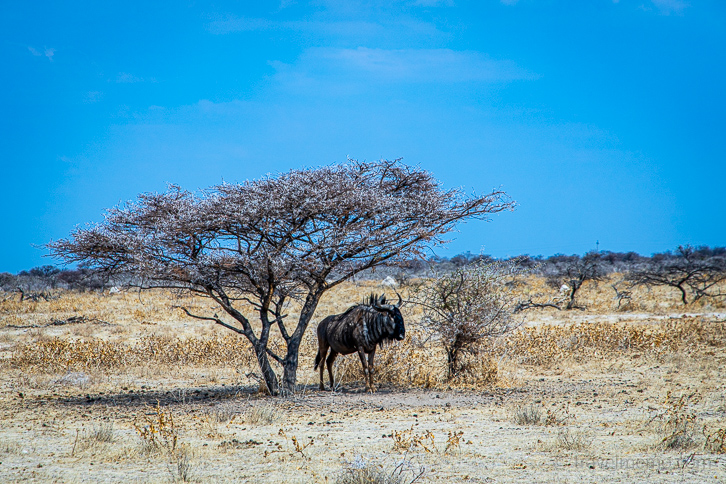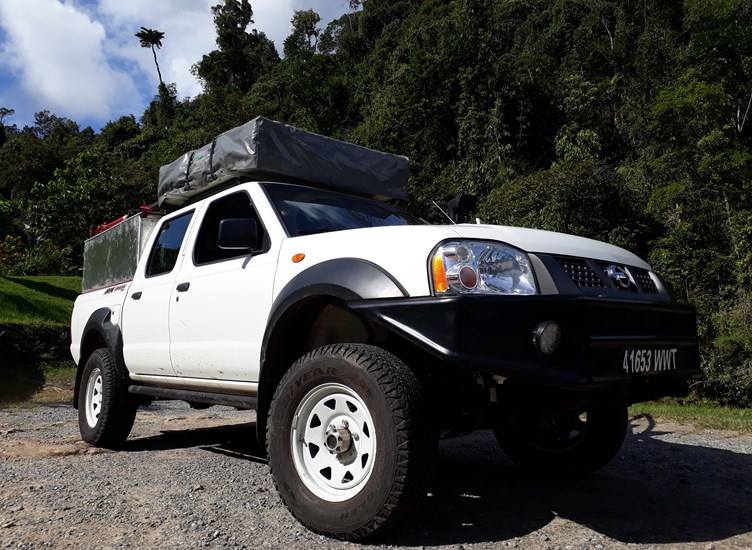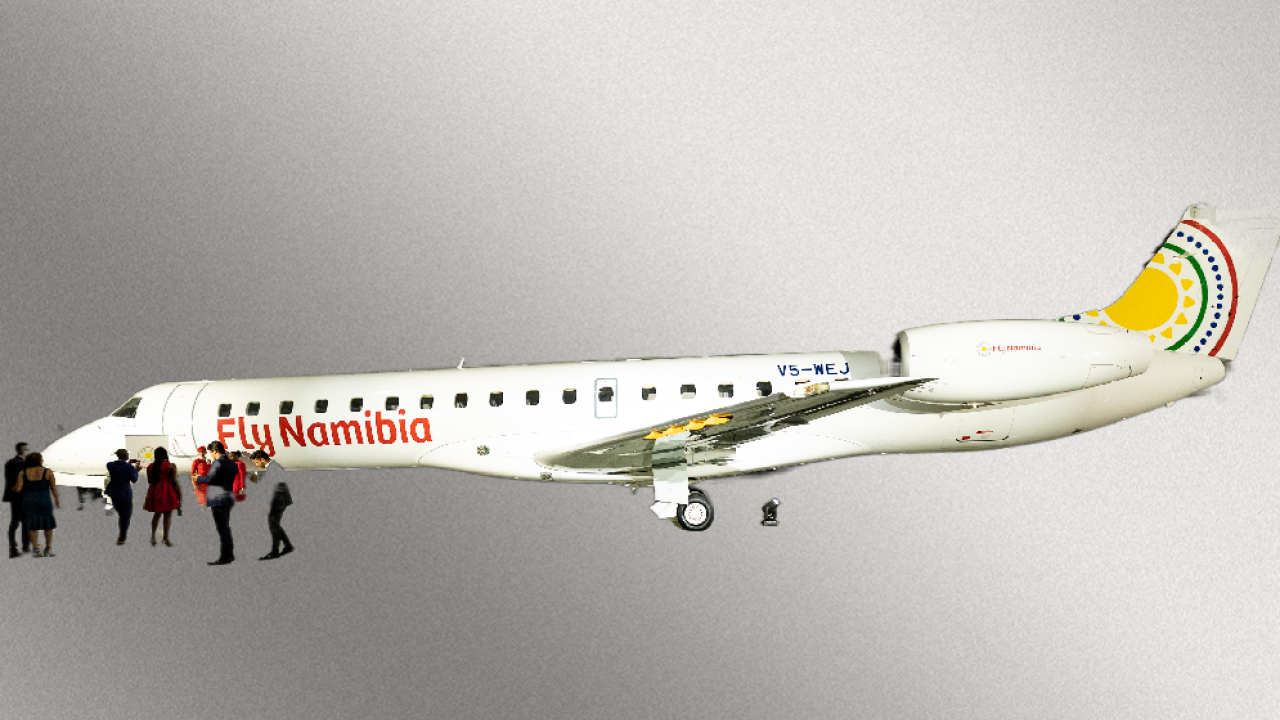Etosha National Park in Namibia
Etosha National Park is a national Park located in northwestern region of Namibia. The park is one of the largest national parks in Africa spanning an area of approximately 22,270 square kilometers. Etosha national park gets its name from the large Etosha pan which is entirely within the park. Etosha pan covers 23% of the total area of the national park.
Etosha national park was proclaimed a game reserve in March 1907 in Ordinance 88 by the Governor of German South West Africa, Friedrich Von Lindquist. In 1958, the game reserve was designated as Wildschutzgebiet and later in 1967; it was elevated to the status of a national park by an act of parliament of the Republic of South Africa. Sharing boundaries with the regions of Oshana, Oshikoto and Otjozondjupa, the park is a home to hundreds of different species of birds, reptiles, mammals and other endangered species.
Safari attractions in Etosha National Park
Etosha Pan: These are salt pans and are the most noticeable geological features in Etosha national Park. They cover an area of about 5,000 square kilometers which is roughly 130 kilometers long and 50 kilometers wide. This salt pan is usually dry but in summer it briefly fills with water and thus attracting the pelicans and flamingos. During the dry season, winds that blow across the salt pan pick up saline dust and carry it across the country and out over the southern Atlantic. This salt enrichment provides minerals to the soil downwind of the pan on which some wildlife depend.

Dolomite Hills: These hills are positioned on the southern border of the park near the Anderson entrance gate and are known as Ondundozonanananda which means a place where the young boy herding cattle went to never return. This means that the hill hosts a high density of predators like leopards thus naming the mountains as the Leopard Hills in English. The dolomite hills are also found in the Halali area within the park where one hill is inside the camp and the nearby twee koppies. Also, the dolomite hills dominate the western Etosha and its where the mountain zebras can be seen within the park.

Wildlife species: Etosha National Park is a home to various wildlife including over 114 mammal species, 340 bird species, 110 reptile species, 16 amphibian species and 1 species of fish. Among the animals in the park include the African bush elephant, south western black rhinos, Cape buffalo, southern white rhinos, lion, cheetah, Angolan giraffes, leopards, caracal, southern African wildcat, black backed jackal, cape wild dog, cape fox, spotted hyena, banded mongoose, slender mongoose and others.

Bird species.
 With over 340 bird species, Etosha national park would surely be the perfect destination for the birders having a safari in Namibia. The park has a diversity of bird species including the migratory and residential birds. Among these include the lappet faced vulture, marabou stork, white stock, bush shrikes, lesser grey shrike, martial eagle, lesser flamingos, greater flamingo, cape crow, crimson breasted shrike, double banded sand grouse, red billed teal, bateleur, booted eagle and others.
With over 340 bird species, Etosha national park would surely be the perfect destination for the birders having a safari in Namibia. The park has a diversity of bird species including the migratory and residential birds. Among these include the lappet faced vulture, marabou stork, white stock, bush shrikes, lesser grey shrike, martial eagle, lesser flamingos, greater flamingo, cape crow, crimson breasted shrike, double banded sand grouse, red billed teal, bateleur, booted eagle and others.
Vegetation of the park.

Besides the places near the Etosha pan, most of the other areas of the park have savanna woodlands. The park contains a protein rich grass that is eaten by the grazers like the springbok and the blue wildebeest. The areas around the Etosha pan have other halophytic vegetation including the grasses like sporobolous spicatus, and odyssea paucinervis and also the shrubs like suaeda articulata. The most common tree in the park is known as Mopane and it estimated to be almost 80% of all the trees in the national park. The north eastern corner of the park which is known as sandveld is dominated by the acacia and terminalia trees.
How to get to Etosha National Park
When planning to have a safari to Etosha National park, there are two ways to reach the park that is by road and plane.
By road:
The journey begins from Windhoek the capital city of Namibia. The drive from Windhoek to Etosha by road takes about 6 hours. The journey is 415 kilometers long and the travelers should expect to see splendid features on the way.

By Plane

The journey from Windhoek to Etosha by plane is shorter and will take approximately an hour to Ongava lodge’s airstrip. Air Namibia also offers daily one hour flights from Eros Airport which is located in Windhoek to Ondangwa Airport which is located north of Etosha national park.

